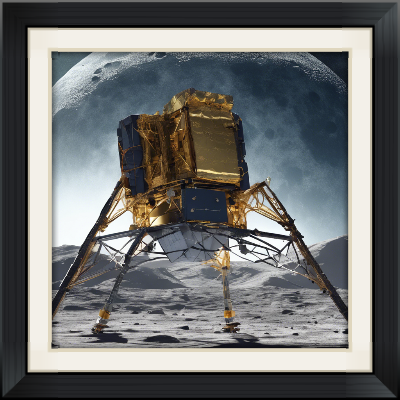
Chandrayaan-3 mission of India took a giant leap by being the first lunar expedition after Apollo missions to detect over 250 seismic signals from the south pole of the Moon. This discovery is a huge development for both how we monitor quakes and do research on the moon.
Chandrayaan-3 Mission: Seismic Signals and Future Investigation Significance of Seismic Signals
- The Chandrayaan-3 mission identified 250 seismic signals, 50 unique and potentially indicating moonquakes.
- This is the first time seismic data has been collected from the Moon’s south pole.
- Instrumentation and Data Collection
- The Instrument for Lunar Seismic Activity (ILSA) recorded these events from coordinates 69.37° S and 32.32° E.
- ILSA is the first instrument based on MEMS technology to measure seismic activity on the Moon.
- Nature of Detected Signals
- Around 200 of the detected signals were related to the mission activities, including movements of the Pragyan rover and operations of scientific instruments.
- The remaining 50 signals were classified as “uncorrelated,” suggesting they might be related to genuine moonquakes.
- Conclusions and Future Research Significance
- One recorded earthquake signal lasted for a total of 14 minutes, which gives the chance for follow-up studies.
- Named as Chandrayaan-3, the one that was sent soaring to launchpad by India on 14 July 2023 aims to establish a safe land and moving conditions over the lunar surface.
Month: Current Affairs - September 15, 2024
Category: